Not every plant can compete with currants for the content of beneficial substances. And speaking of the benefits, we mean not only its berries, but also the leaves. They contain vitamins, organic acids, essential oils, micro and macro elements, as well as antioxidants. Means prepared on their basis can eliminate inflammation, strengthen immunity and improve the condition of the musculoskeletal system.
There are several ways to prepare currant leaves for tea for the winter. If you wish, you can experiment, try different methods, and so choose the right one for yourself.
Drying
In the classic version, it implies the process of drying and subsequent drying of raw materials in natural conditions. In order for the coarse leaves to dry well, they need to be spread out in a thin layer on a flat, dry surface, covered with a clean natural fabric.
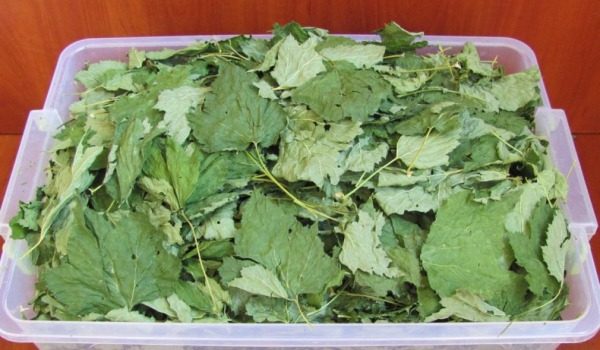
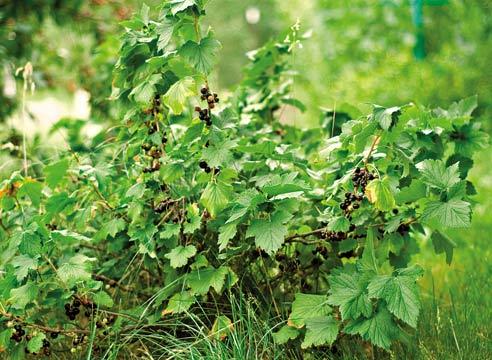 You may be interested in:
You may be interested in:If the leaves are dirty and dusty, they must be washed before drying. Raw materials must be protected from direct sunlight, but fresh air must be supplied to them. Ideal for these purposes is an attic or gazebo. To quickly dry the leaves from all sides, they need to be mixed periodically. The natural drying process takes no more than 5 days.
If the humidity is high and the weather does not allow drying naturally, you can resort to using an oven. It is necessary to dry the raw materials in it at a temperature of 100 ° C for 15 minutes, and then at a temperature of 60 ° until fully prepared. Also, an electric dryer is suitable for these purposes. During the process, you need to ensure that the leaves do not dry out and do not brown.
Fermentation
Fermentation is a special form of processing of raw materials, during which the leaves are oxidized and then fermented, dried.
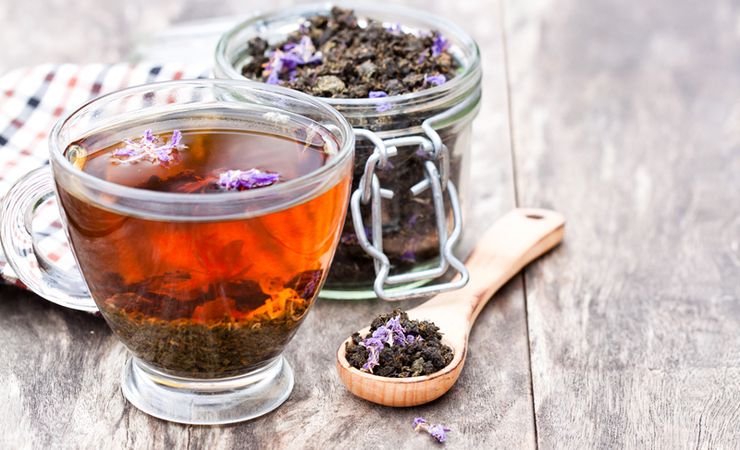 You may be interested in:
You may be interested in:The fermentation process is more time-consuming in comparison with classical drying. But, despite this, it is her experts who advise choosing. The fact is that a drink made from such raw materials is very aromatic. It tastes like regular black tea, but unlike it, it is much more wholesome and cheaper.
Perform the procedure in this order:
- Leave the collected leaves in the shade, spreading them out in an even layer. So that they disappear, it takes 12-24 hours. If the sheet is not yet brittle, but already bends and becomes more elastic, then it is ready for the next step.
- Get the maximum amount of juice from dried raw materials. This procedure must be performed especially carefully, since the taste of the future drink will depend on this. There are several ways to do this. To obtain small-leaved tea, it is necessary to stack the leaves in a pile, and then roll them up and cut into thin strips.You can get large-leaf tea by mashing the leaves in a container, like chopped cabbage, until the juice is released. To get the granules, the raw materials must be passed through a meat grinder.
- Achieve fermentation. The raw materials must be placed in a bowl and covered with a wet cloth. The fermentation process should take about 6 hours. It is important to focus on aroma. It should be pleasant, berry. The sour smell indicates that the raw materials fermented. It can not be used. The optimum temperature for fermentation is 26 ° C.
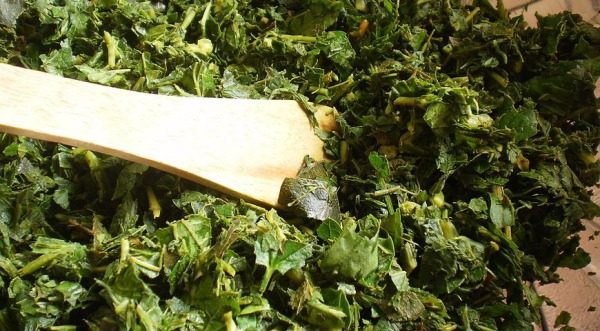
- Drying. You need to dry the raw materials in the oven with the door ajar at a temperature of about 100 ° C. The procedure should continue until completely dry. The raw material is considered ready when, when trying to bend, it breaks. It is important not to dry the leaves, otherwise the tea will lose its rich taste and aroma.
You can store the prepared raw materials in a container with a tight lid or a bag made of natural fabric in a cool, dark room. The shelf life of tea with proper storage is 1 year. Experts do not recommend storing coffee and spices near raw materials, as it can absorb their aroma. It should be borne in mind that not only currants, but raspberries, pears, cherries, and strawberries are suitable for fermentation. They can be used both individually and mixed.

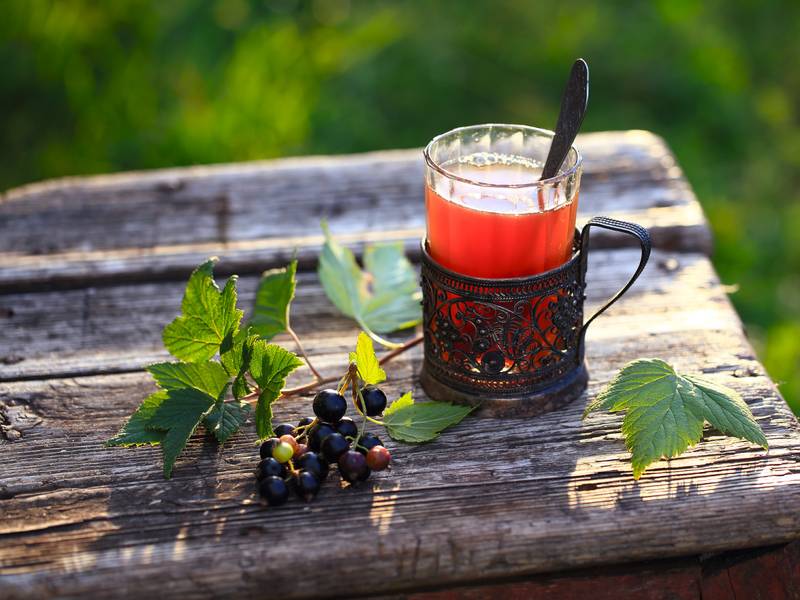
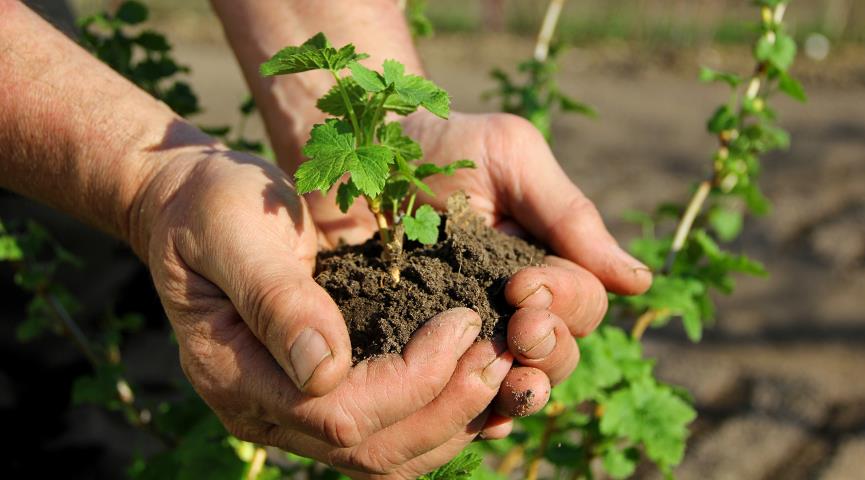
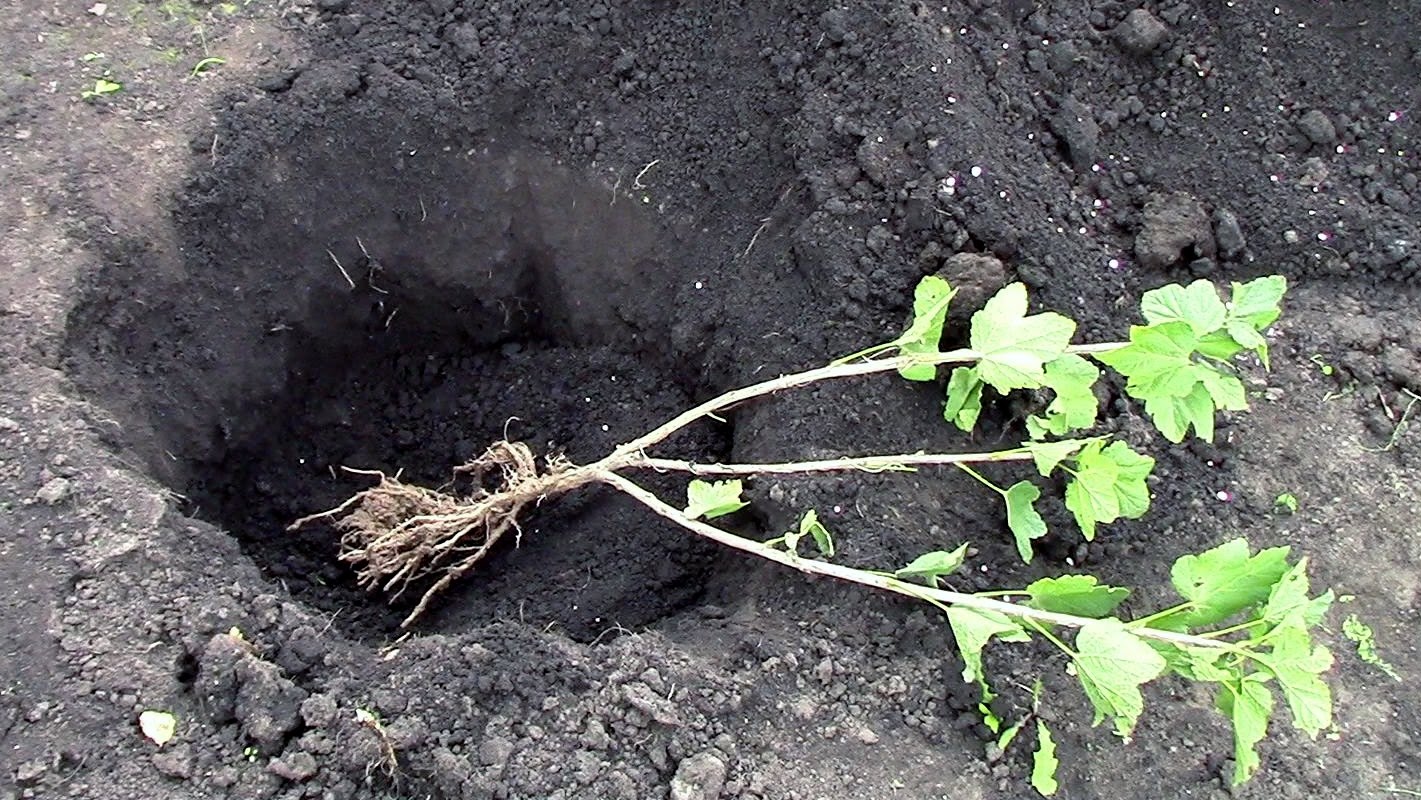
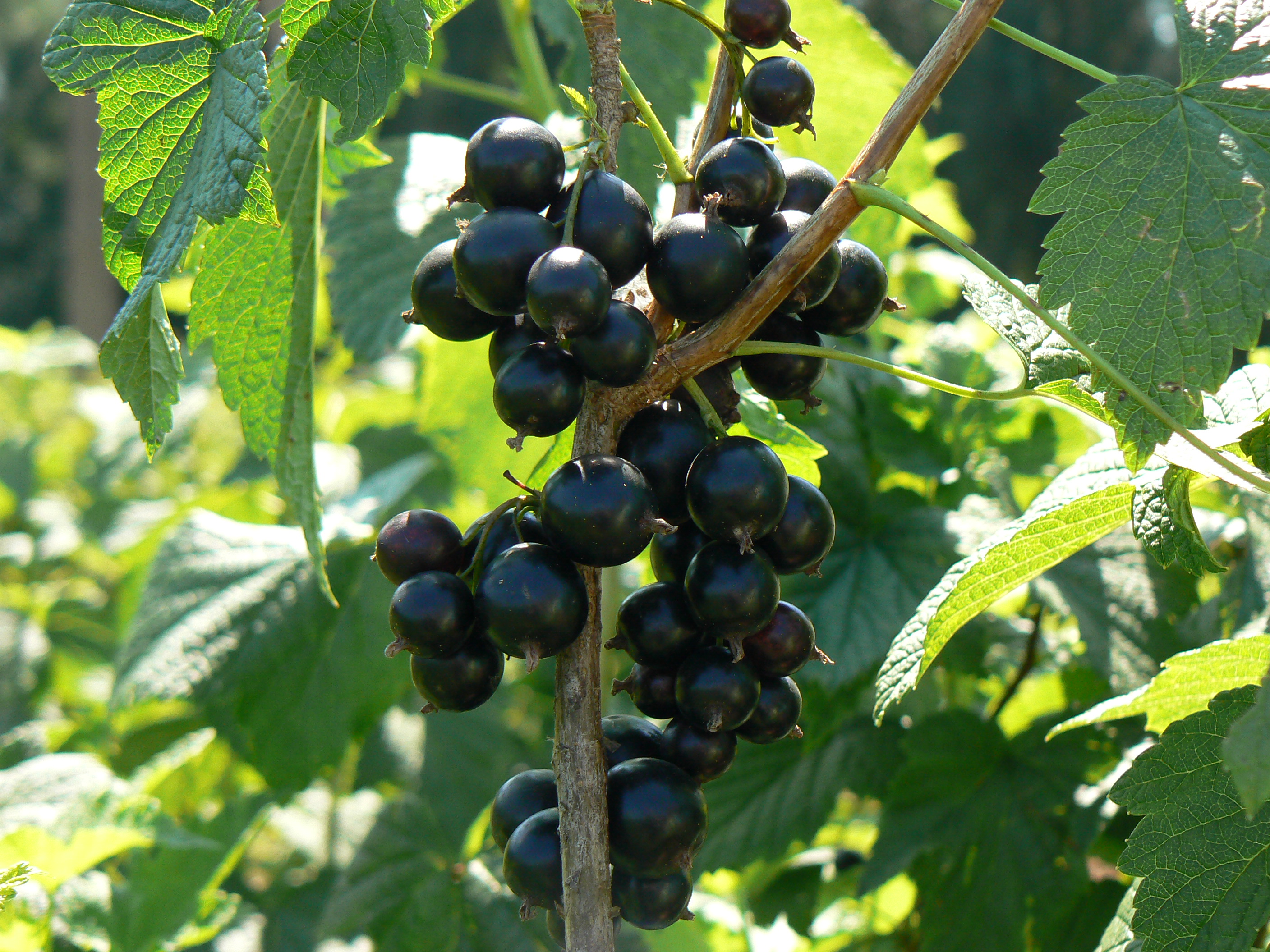 Blackcurrant: pruning in autumn, rejuvenation of the old bush, preparation for winter
Blackcurrant: pruning in autumn, rejuvenation of the old bush, preparation for winter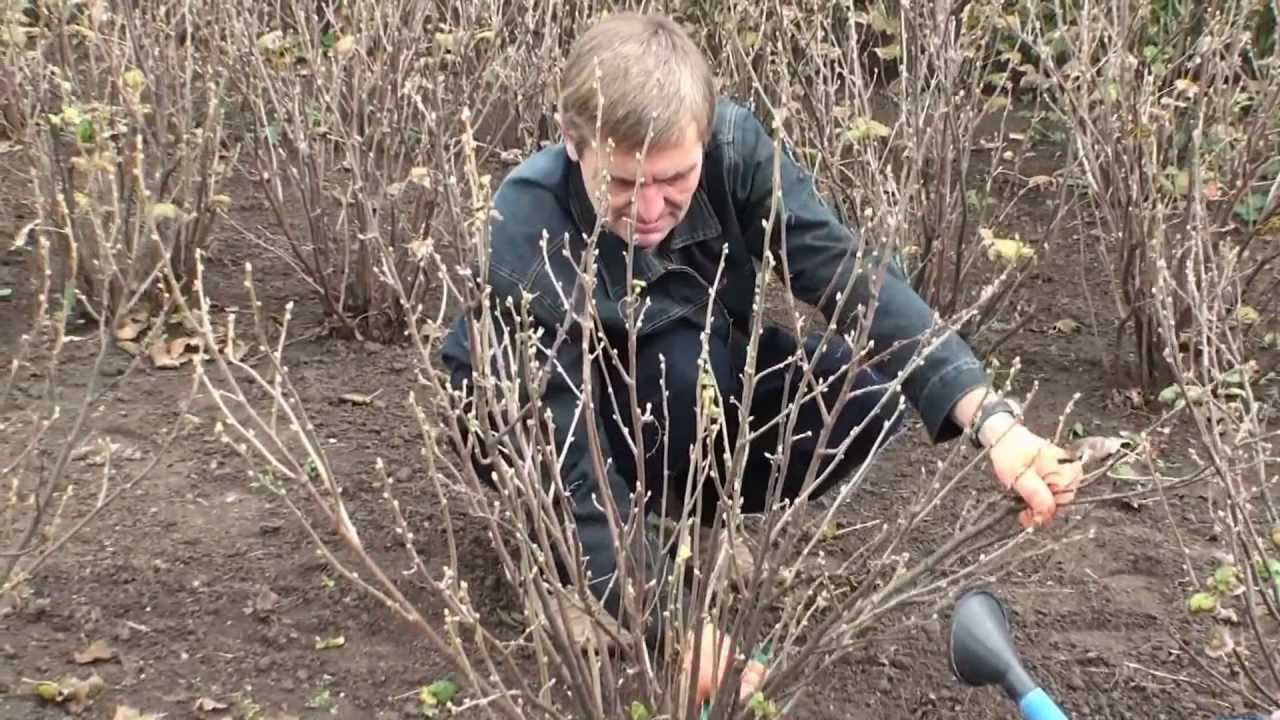 Autumn currant pruning scheme for beginners
Autumn currant pruning scheme for beginners Currant care in autumn and preparation of bushes for winter
Currant care in autumn and preparation of bushes for winter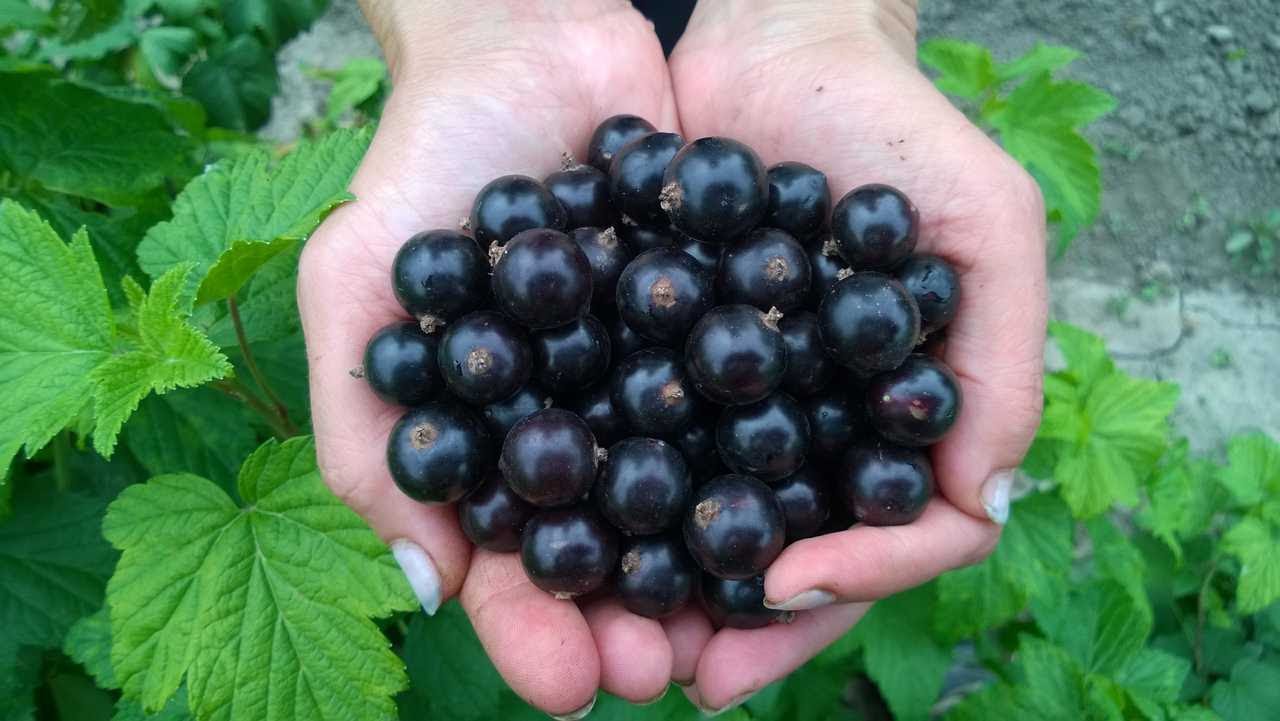 It's time to feed the currants - the best feeding
It's time to feed the currants - the best feeding